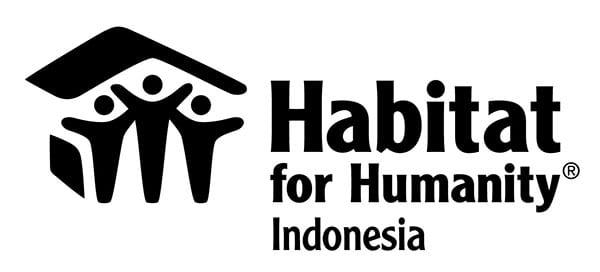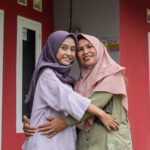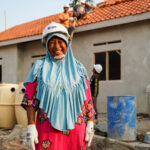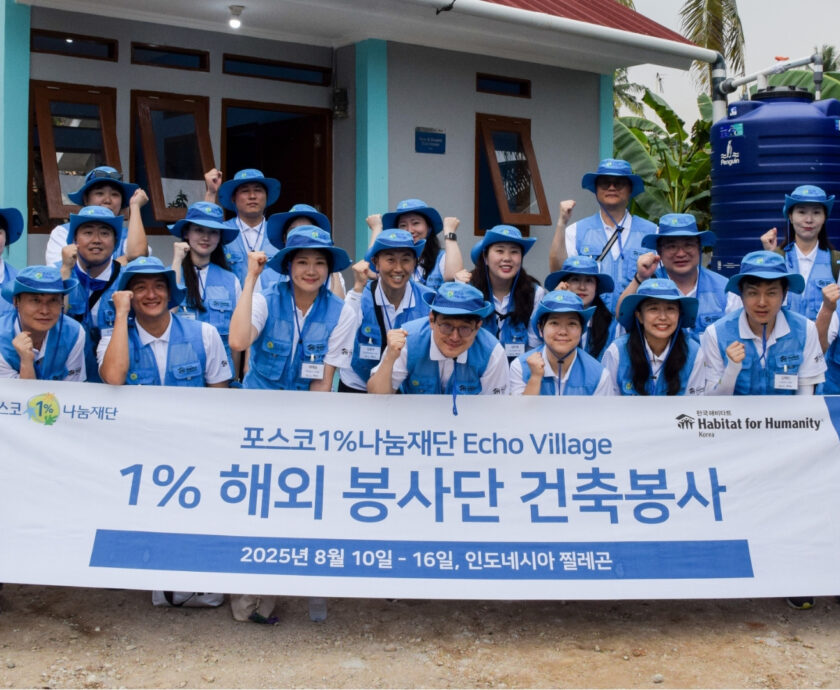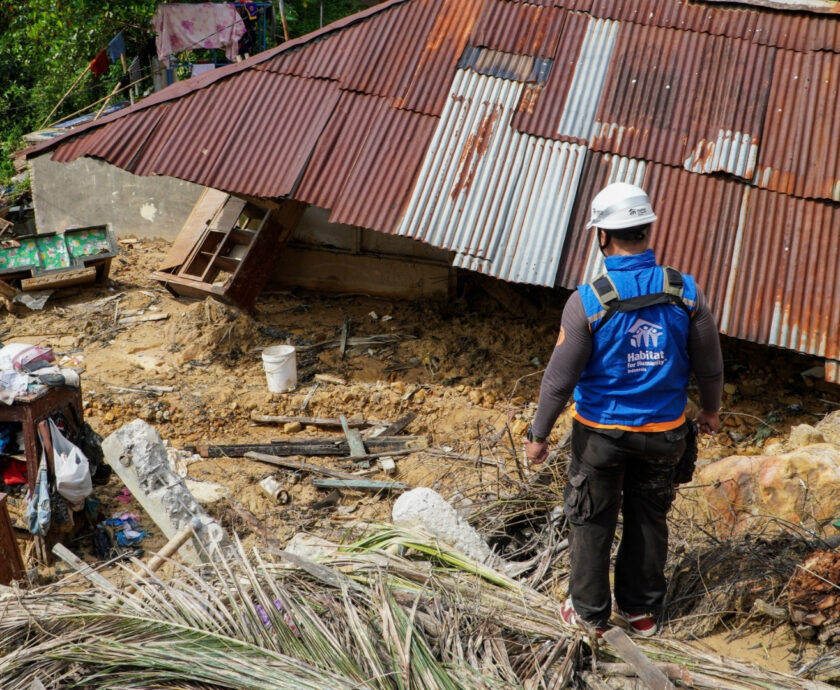Tangerang, October 9, 2025 – The Tanjung Kait Village Revitalization Program has now entered its final phase. A total of 110 new decent homes built for residents are currently undergoing painting and finishing work as part of the project’s completion stage. In addition, the construction of supporting infrastructure such as a community health post (posyandu), community hall, fish collection center, electricity network, drainage system, and clean water facilities is also progressing in parallel.
As part of efforts to ensure the sustainability of the program, Habitat for Humanity Indonesia has facilitated a community capacity-building and socialization program, held from September 22, 2025, for four weeks at Co Su Kong Temple, Tanjung Kait, Tangerang Regency.
This initiative was designed as a community-managed system to ensure that the maintenance and management of revitalized facilities are carried out sustainably, inclusively, and transparently, while also fostering residents’ self-reliance. Through this forum, more than 30 community representatives from Tanjung Kait discussed various local environmental issues, including household waste management, drainage maintenance, and the use of public facilities.
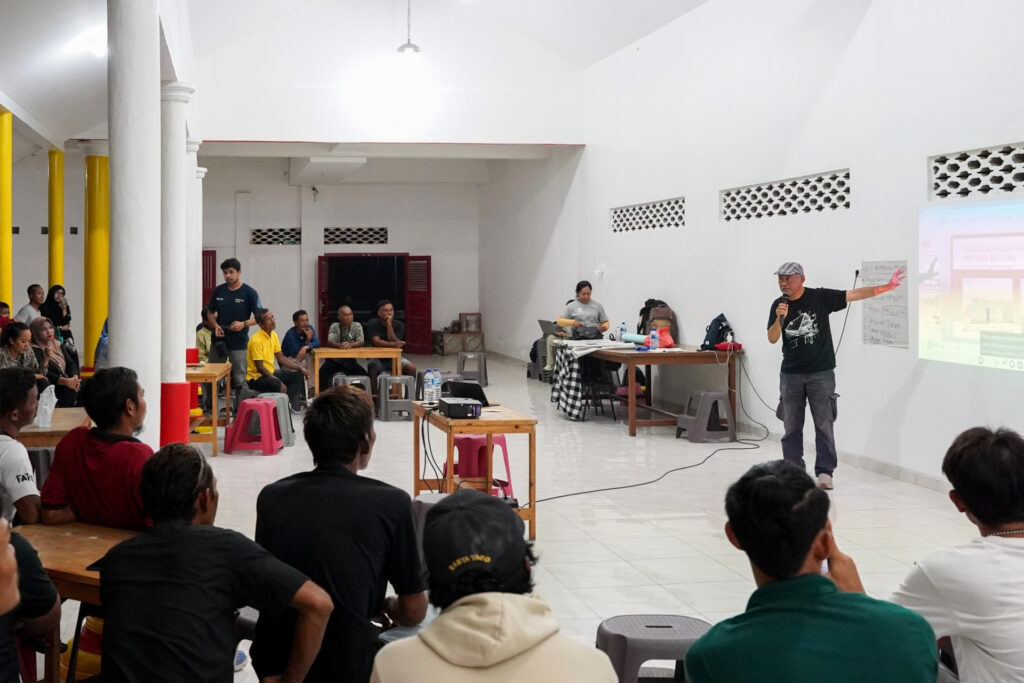
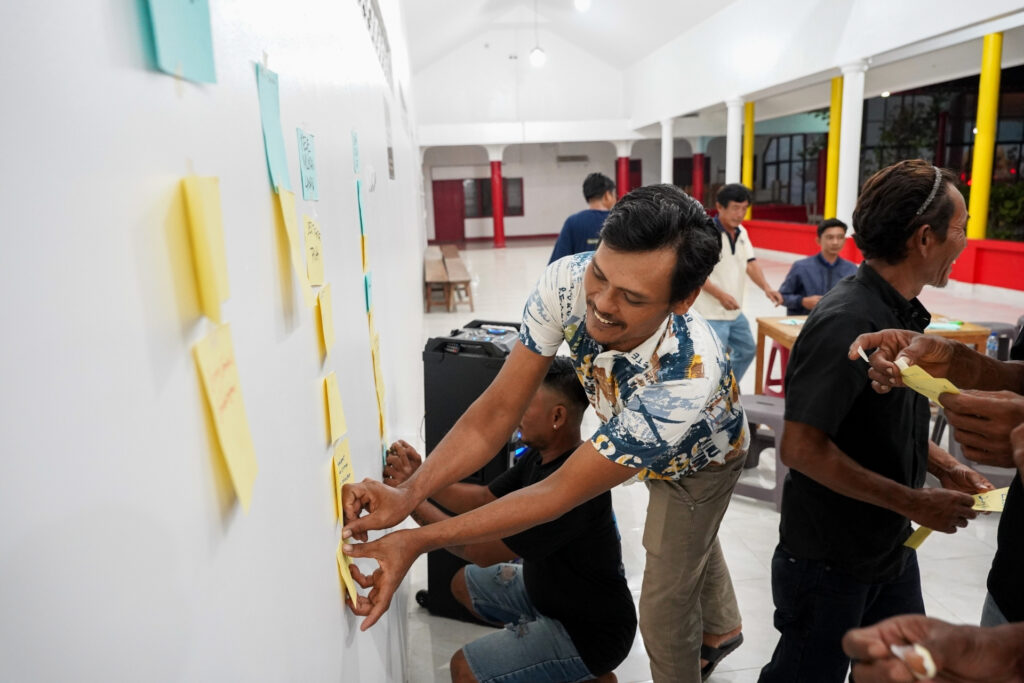
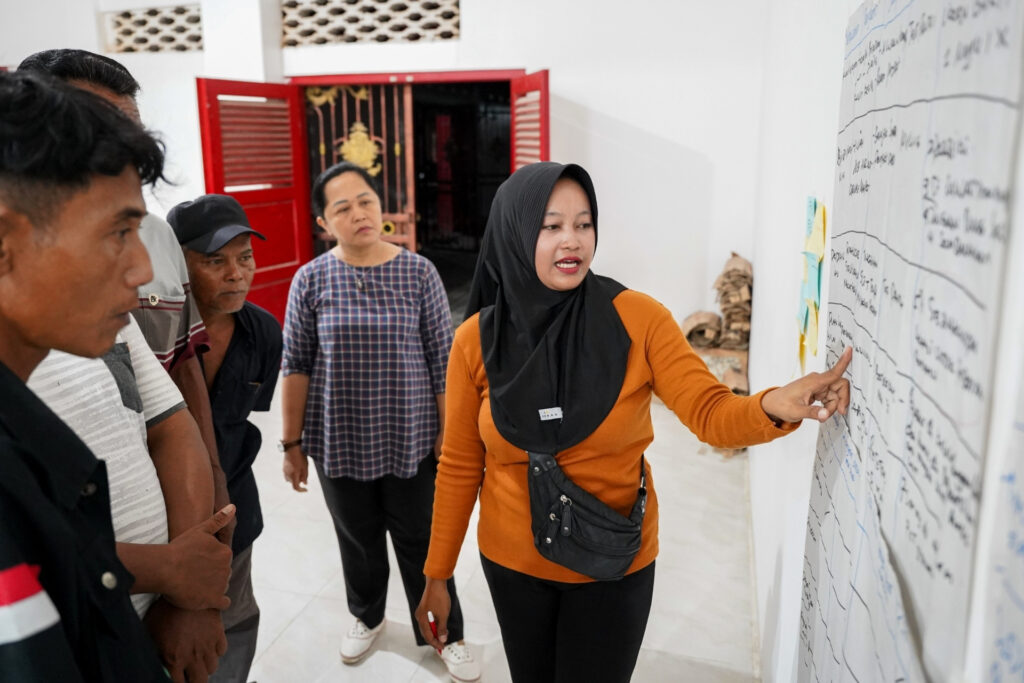
Read also: A Decent Home Becomes the Pillar of Life for Ibu Imas and Her Family
“Village revitalization doesn’t stop at building houses and infrastructure—it’s also about building awareness and community self-reliance. That’s how sustainability can be achieved,” explained Wijang Wijanarko, facilitator and housing and settlement consultant, during one of the sessions.
The activity aims to establish a clear framework, roles, and coordination mechanisms for residents in managing their village; to ensure active participation in infrastructure maintenance; and to form a community-based management body, known as the Community Management Committee.
The agenda was carried out in stages. During the first week, residents, community leaders, and village officials held a program orientation and formed an Environmental Management Team. In the following week, participants attended training sessions on environmental management and institutional administration, followed by the formulation of community regulations. The next phase focused on developing follow-up work plans, covering infrastructure maintenance, public facility management, and community financial mechanisms. The entire series of activities will conclude with a plenary meeting and symbolic handover ceremony in mid-October.
Through this approach, residents are not only beneficiaries but also key actors in maintaining and advancing their community. With the completion of the final construction phase and the community capacity-building program, Tanjung Kait Village is expected to become a model of best practices for coastal area transformation toward a more livable, healthy, and empowered environment.
Photo: HFHI/Kevin Herbian
Writer: Kevin Herbian
(kh/av)
